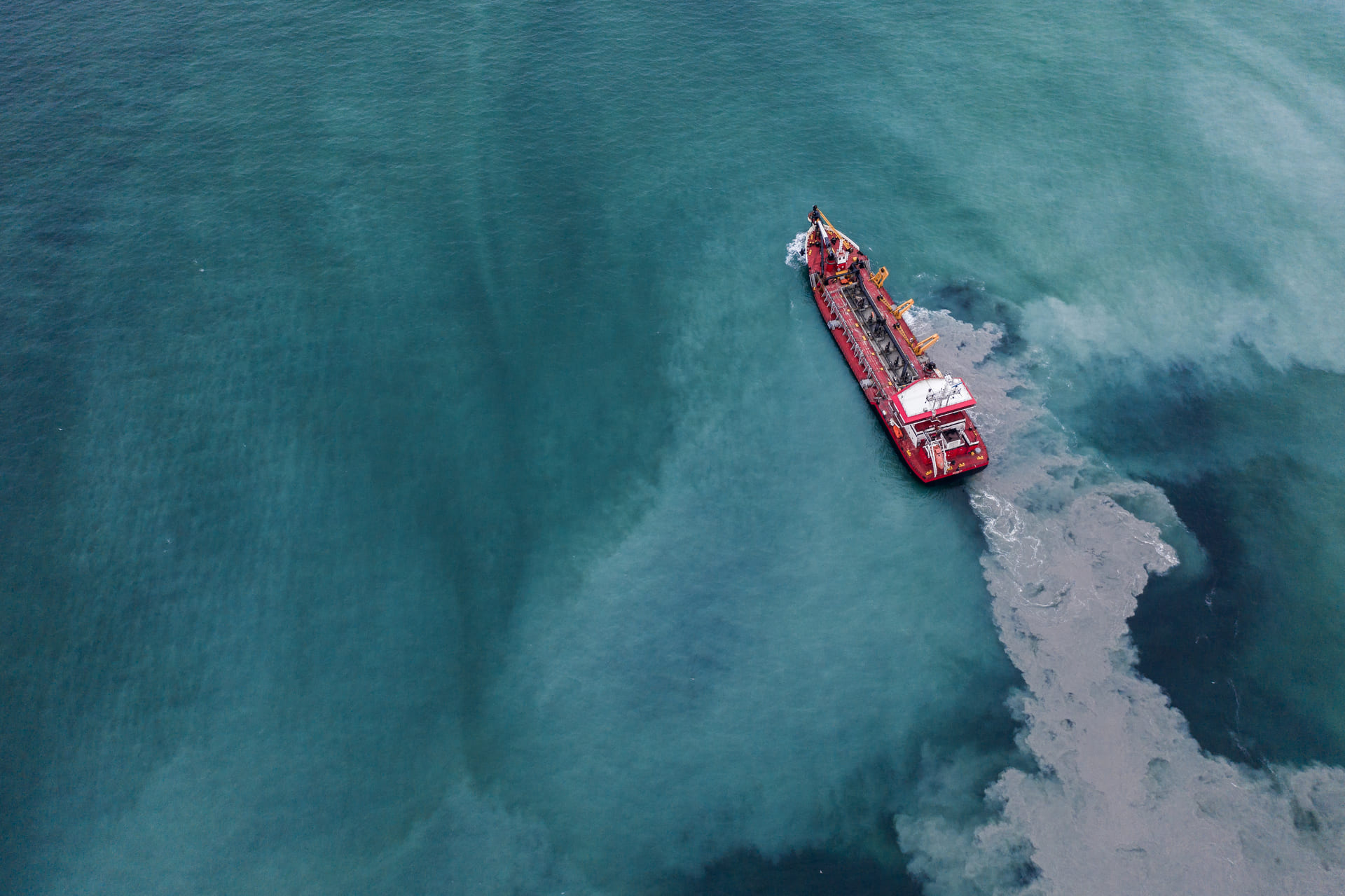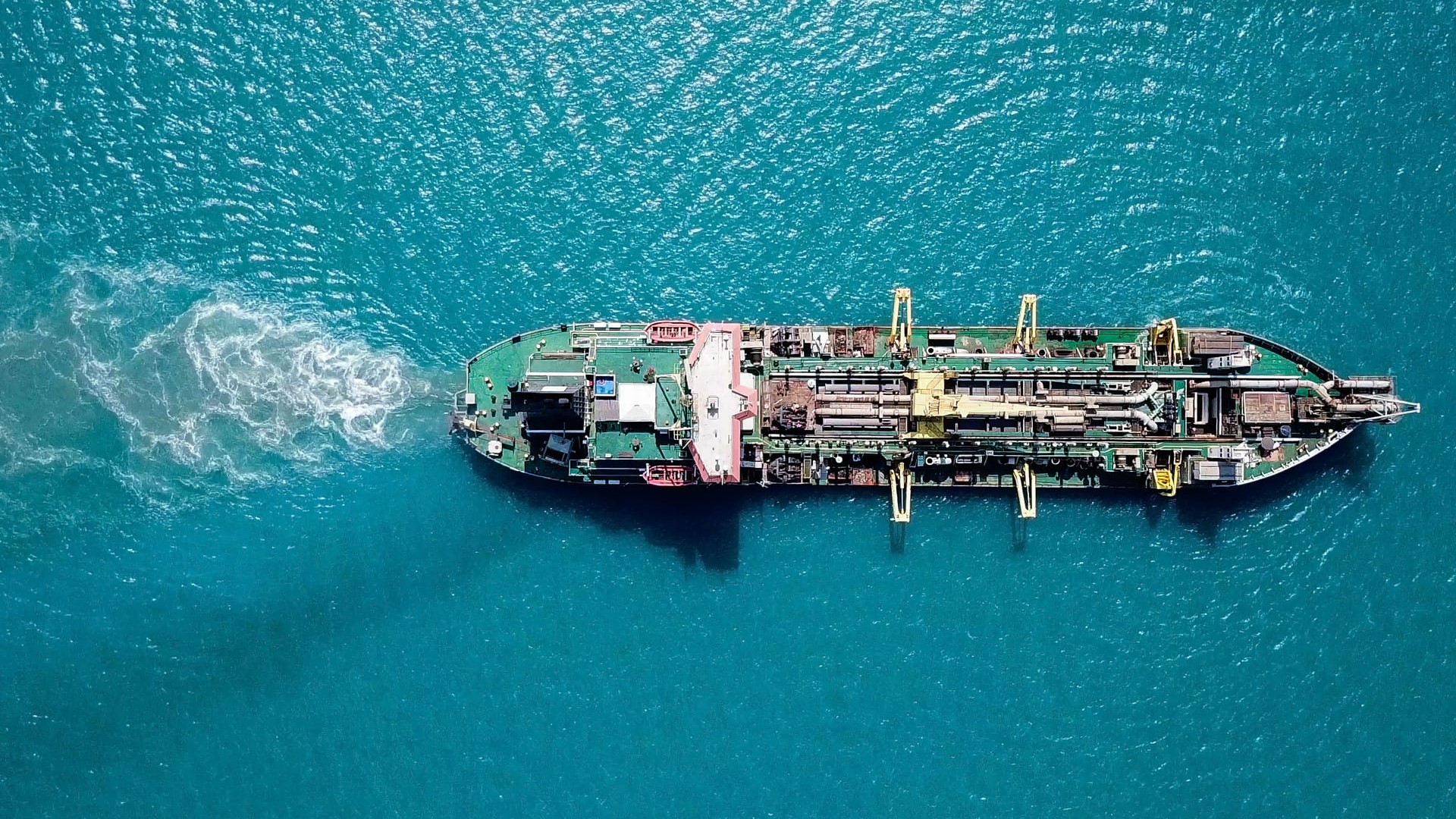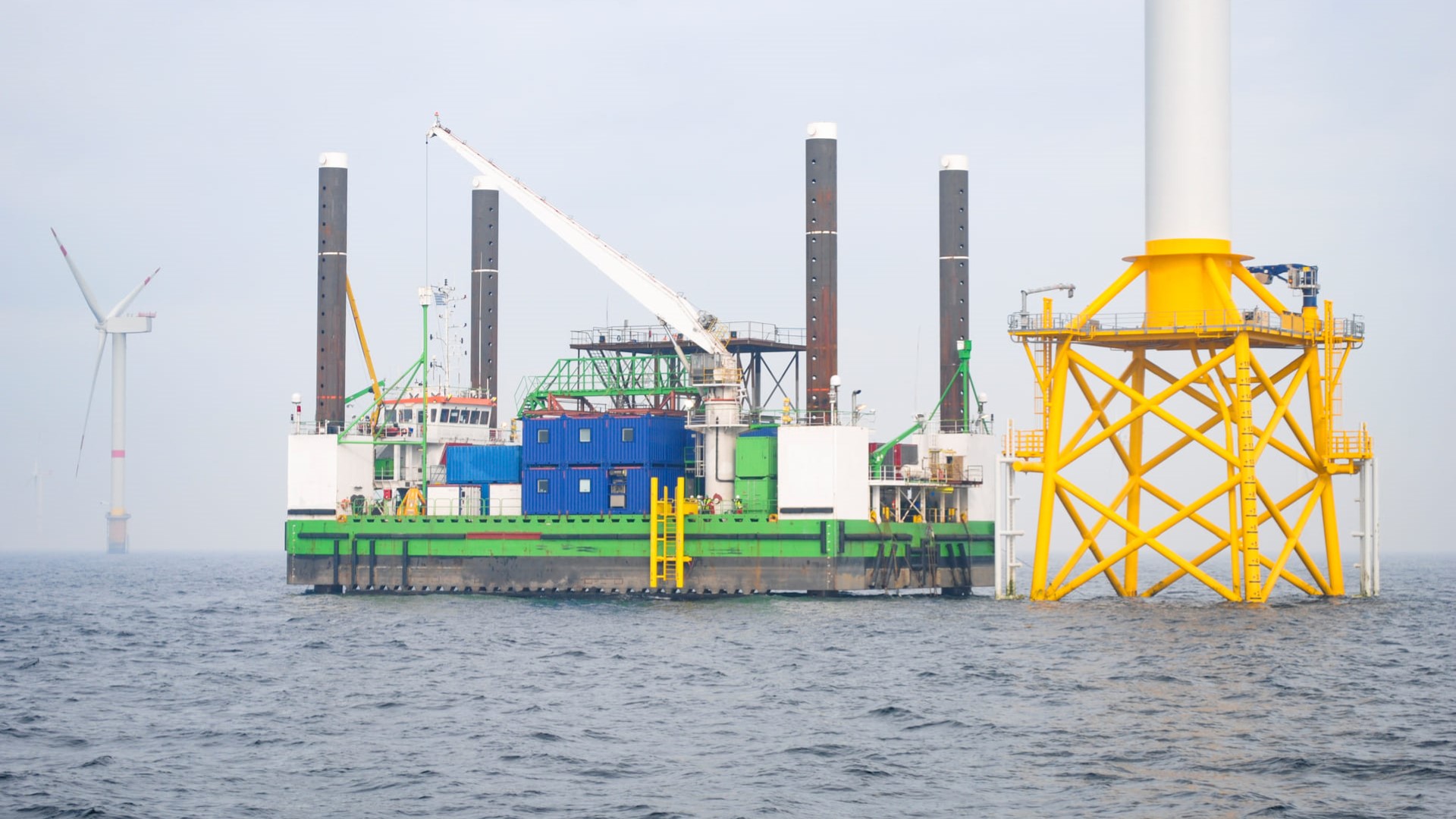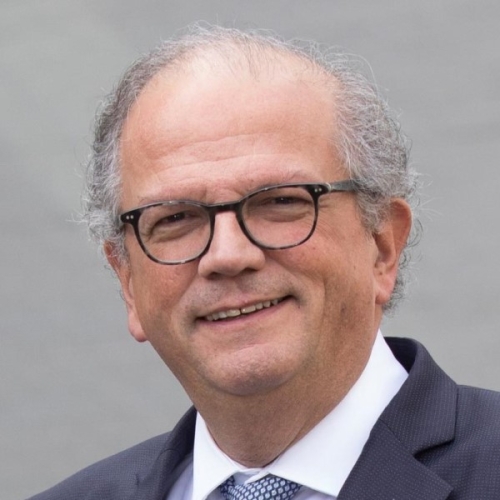Pushing the boundaries of innovation to drive blue growth
At DEME, our vision is to create sustainable value for customers, employees, stakeholders and society. Our pioneering spirit has transformed us from a dredging contractor into a global leader in dredging, land reclamation, offshore energy, environmental and marine infrastructure solutions.

Using the SDGs as a framework for innovation and sustainable value creation
As we continue to explore new horizons and expand our portfolio, we stay rigorously focused on playing our strengths to the fullest. That has enabled us to develop innovative solutions for blue growth, addressing global, worldwide challenges that are part of the UN’s Sustainable Development Goals: rising sea levels, a growing population, CO2 emissions, polluted rivers and soils, and the scarcity of mineral resources.
For DEME, the SDGs provide the real framework for sustainable value creation. We integrate several of the SDGs into our business to guide us in exploring sustainable innovations, and to drive our efforts to excel in our daily operations. That is not an easy thing to do, but we firmly believe it is the only way forward. We all have a role to play in creating a better, more sustainable world.

Our investments in new technology are living proof that innovation is at the heart of DEME’s sustainability efforts. Of course, we understand we cannot just do this all by ourselves. Our policy to realise blue growth is therefore one of reaching out and joining forces with partners to work across sectors and disciplines.
Co-creating innovative solutions for blue growth
Take the example of the Blue Cluster, a Flemish industry cluster that uses the blue economy as an engine of sustainable growth. We have co-founded the Blue Cluster because we strongly believe in bringing people with different backgrounds together to co-create new solutions for the world’s sustainable development challenges. As individual companies or organisations, we simply cannot do everything. We can only contribute to building a better world if we stay focused on what we are good at and if we are open to sharing our sustainability knowledge and best practices.

The Blue Cluster is an excellent example of the cross-sector cooperation that is also one of the core G-STIC messages. By bringing together entrepreneurs, researchers, scientists, policy makers and citizens, the Blue Cluster is instrumental in developing groundbreaking technologies for the blue economy. It also helps align R&D priorities with national and international sustainable development challenges, which is critical to multiply the impact of our R&D investments.
3 examples of solutions to tackle sustainable development challenges
As DEME continues to push the boundaries of innovation, we turn sustainability challenges into business opportunities. Let me share three examples of some of the world’s most pressing sustainable development challenges and discuss how we develop solutions that tackle these challenges.
Challenge 1: Rising sea levels
Rising sea levels will have a dramatic impact on hundreds of millions of people by 2050. With DEME, we have co-developed multiple initiatives that integrate nature to offer flood protection. Examples include Coastbusters, our beach protection programme, and habitat restoration or creation with biogenic reefs as an alternative for coastal zone management.

In addition, we have also been working a lot on making project execution much more sustainable. Our newest vessels, for example, use dual-fuel engines to reduce CO2 emissions and almost eliminate sulphur oxides (Sox), nitrogen oxides (NOx) and particle emissions. Dual-fuel engines are capable of running on liquefied natural gas (LNG), biofuels or even methane in the future.
As we are increasingly working at ecologically sensitive locations, we need to be aware of our footprint on the environment. In cooperation with our partners, we have therefore developed a sophisticated field observation system. This system assesses environmental conditions before we start dredging and monitors changes in the environment during the dredging operations. By evaluating this impact versus the relevant environmental criteria, we can adapt the dredging scenario if needed and minimise the impact of our dredging operations on the environment.
Challenge 2: Healthy oceans
DEME was the first company in Belgium to clean soil from polluted sites and rivers. While that has become a commodity, the next challenge that we see is tackling plastic pollution in the oceans. Inorganic plastics not just affect marine mammals and seabird species, they are also easily mistaken by fish as plankton. The consumption of plastics by fish makes it possible for plastics to travel up to our food chain, posing a threat to public health.
More than 8 million tonnes of plastics enter the oceans every year, which is the equivalent of dumping a garbage truck of plastics every minute. Because 90% of the plastic pollution in the oceans comes from ten rivers, we have to address this challenge starting with the rivers.

We therefore plan to start fully automated tests in rivers to detect plastics, collect them and then recycle as many as possible before they make it to the seas. We are talking about plastics floating on the surface, underwater and at the bottom of the river. Once solutions have been validated to clean up the rivers, we can start addressing the plastic pollution in our seas before going to the oceans.
Challenge 3: Scarcity of mineral resources
The United Nations predicts the world population will increase to 9.7 billion by 2050. That kind of growth will put the demand for mineral resources under quite some pressure. Especially as the world needs more renewable energy sources to tackle climate change, we will need an adequate supply of raw materials to manufacture these clean energy technologies.
Fortunately, we can find vast quantities of the minerals that we need for a low carbon future at the bottom of the seas. Spread all over the seabed, nodules containing cobalt, nickel, manganese and other metals are lying ready to be harvested. There are enough of these little batteries to cover the needs of the world over the next 30 to 40 years. After that, these minerals can be fully recycled.
The big challenge is how to harvest those polymetallic nodules. After all, they can only be found at 4,000 to 5,000 meters of depth. Fortunately, it is not required to dredge or to dig any mine shafts to harvest these nodules. We can “simply” pick them from the seabed, which is why harvesting seabed minerals has a minimal impact compared to all other technologies used to mine minerals.
To enable the exploration of viable solutions, DEME’s deep-sea exploratory division Global Sea Mineral Resources signed a 15-year contract in 2013 with the International Seabed Authority for prospecting and exploration for polymetallic nodules in the eastern part of the Clarion Clipperton Zone of the Central Pacific Ocean.
Joining forces with partners to pioneer solutions for the SDGs
These three examples illustrate how we are leveraging our resources and expertise to help achieve the SDGs, and how these SDGs also drive our efforts to minimise the footprint of our operations. We are committed to playing a pioneering role in developing technological solutions to tackle the world’s sustainable development challenges. At the same time, we know all too well we cannot do this working all by ourselves. That’s why we continue to join forces with partners in the maritime sector, research and science communities, non-governmental organisations, technical solution providers, climate experts and many others. Together we can make a difference.
